Evolution of Concept Space of Headlines of Ukrainian and Polish Media Texts on the Topic of COVID-19
10.17721/2522-1272.2022.81.6 ![]() (DOI)
(DOI)
UDC 81`42+070:82-92(477/438)
Serhii Borshchevskyi, PhD (Philology), Associate Professor, Educational and Scientific Institute of Journalism, Taras Shevchenko National University of Kyiv,
0000-0002-5538-8036 ![]() (ORCID)
(ORCID)
ABSTRACT
The article focuses on the study of linguistic (lexico-semantic and grammatical) means of providing the objective information in collective risk situations for Ukraine as well as its immediate neighbors, namely Poland, on two front lines at a time: on the COVID-19 front line, which has been held back for two and a half years, and the Russian-Ukrainian one, which entered its hottest phase on 24 February 2022.
The objective of the study is to identify the evolutionary changes of the COVID-19 concept field during three days (23.02.2022 – 25.02.2022) based on the titles of Ukrainian and Polish news media texts in their axiological variability. The analysis of concept space is founded both on the principles of frequency of use of lexemes and word combinations, which reflect the course of events related to the coronavirus pandemic, and on the evaluative division of headlines which have neutral, positive or negative connotations.
Methodology. The main methods used in the study are contextual, syntagmatic and component analyses. Contextual analysis has allowed us to determine how and by which linguistic means the concept COVID-19 and its concept field are presented. It has also made it possible to show the linguistic means representing the journalists’ desire to convey information to the audience and enabled us to demonstrate the relationship between the nature of linguistic interpretation and the variants of the texts’ axiological paradigm. Syntagmatic analysis, i.e. the analysis of left and right word combinability in the media text, has revealed the subject-object relations in presentation of the concept and the degree of saturation of the concept field with metaphorical models based on the axiological principles. Component analysis has unveiled the specific fea-tures of the meaning structure of individual lexical-semantic variants of words.
Results. The main results of the study of 111 headlines of Ukrainian (56) and Polish (55) media messages are development of the COVID-19 concept field based on representation of the medical term as a nuclear concept in the subject-object relations within the headline complex and identification of evolutionary (quantitative and qualitative) changes during the above mentioned three-day period. The most important changes are a significant decrease in the number of COVID publications under the influence of extra-lingual factors (the start of active hostilities in Ukraine on 24 February 2022) as well as situational convergence, i.e. contextually induced overlapping of subnuclear zone verbalisers of several concepts in the headlines of the positive segment in both Ukrainian (COVID-19 – ВІЙНА – ДОПОМОГА – АРМІЯ – ЖИТТЯ) and Polish (COVID-19 – WOJNA – POMOC) media space.
Conclusions. It has been established that the linguistic means of different evaluative segments of the field have common and distinctive features. The commonality consists in informing the citizens about the course of events, while the difference lies in the ways the evaluative compo-nent of information is conveyed. The lexical and grammatical means are more actively used to actualize their semantic and stylistic potential in the headlines with negative and positive con-tent. The problem of presenting the objective information seems to be multifaceted. In particu-lar, it applies to coverage of the events during a period of active addressing both virtual (ab-stract) and real (concrete) threats. Solving this problem presupposes going beyond linguistics into the realm of psychology, neurolinguistic programming, geopolitical studies, social commu-nication, and other related disciplines.
KEYWORDS: headline, concept field; COVID-19; convergence; axiological variability.

